NOVEMBER 15, 2021: We had a very full day on Monday. It started with checking-out of our apartment in Porto. We managed to get all packed and out the door with our many suitcases and bags by 9:15.
It was another beautiful sunny day. We have been very lucky with the weather – only sunshine since we arrived and no rain in sight for at least the coming week. Weather is jacket cold at night and long-sleeve shirt warm during the day.
In researching for this trip, I came across many Portuguese historical characters with interesting stories – Garcia de Orta, Aristos de Sousa Mendes and Captain Barro Basto. Captain Barro Basto was born and died in Amarante, a town about 45 minutes west of Porto. Amarante was our first destination and we were going there to look for his grave and pay our respects.
The captain was born in 1897. He learned of his family’s crypto-Jewish heritage by his grandfather who announced on his deathbed that he wished to die as a Jew. He learned Hebrew, travelled to Tangiers and underwent a formal conversion to Judaism, and returned to Porto, married a Jewish wife and had two sons. He travelled throughout Portugal to isolated villages and towns convincing secret Jews to come out-of-the-closet and practice their religion openly. In Porto, he established a yeshiva and a Hebrew newspaper. With the financial backing of Baron de Rothschild of Paris and the Kadoorie family of Hong Kong, Barros Basto built the Kadoorie synagogue of Porto, which was inaugurated in 1938. This is the same synagogue that Mark and David visited on Shabbat.
In 1937, was judged by the Board of Army Discipline and was accused of participating in ceremonies of circumcision, which were considered immoral at the time. He was thus forced out of the military.
In 1961, Barro Basta died and was buried in Amarante. His granddaughter, relentlessly pursued justice from the Portugues military, and in July 2012, his name was cleared, and he was reinstated into the military.
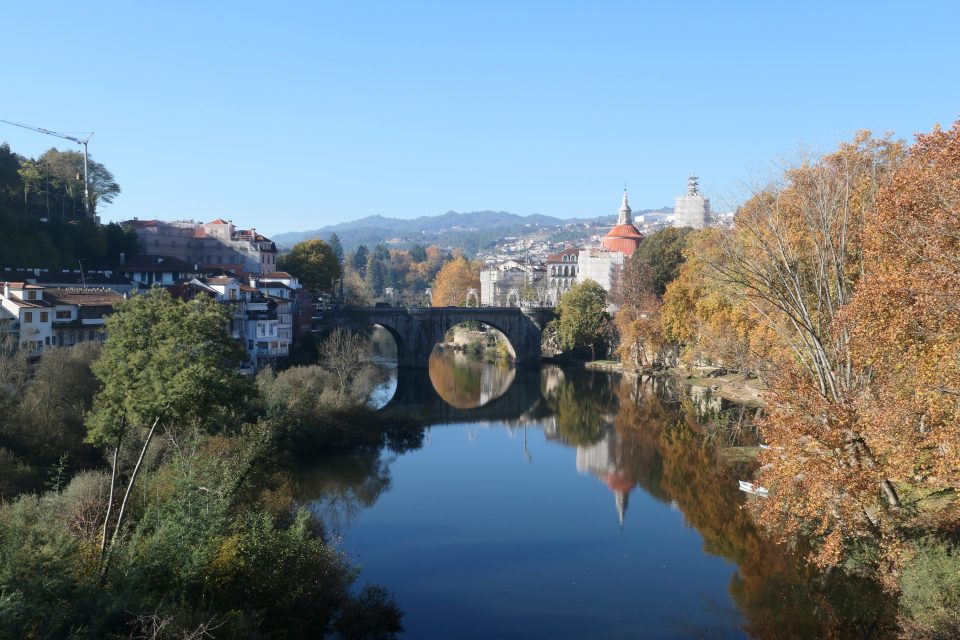
Ponte de São Gonçalo – bridge in Amarante
An article about his life appeared several years ago in the Times of Israel. The author wrote that he stood at the grave of Captain Barro Basto. I emailed the author of the article and asked for more detailed directions where in Amarante to find the grave. Never received a reply. Since Amarante today is a small city with several cemeteries, we decided to first ask at Tourist Information where to go. There is a street named after him in the city, so we figured that they might know about him. No such thing. The woman in the tourist information office had no idea, Mark showed her an article about the captain in Portuguese and she did some research on her phone. She then told us, that he is not buried in a cemetery (makes sense if he wanted a Jewish burial and there is no Jewish community or cemetery here), and showed us on the map where to go. She said it is a private place, but we can see it from the outside.
We arrived at the marked spot, and it was a huge construction site in the middle of the city. Mark and David went looking around and asked some of the locals. No one seemed to know the name Captain Barro Basto, let alone know where his grave was. Disappointed that we failed in our quest, we continued onward.
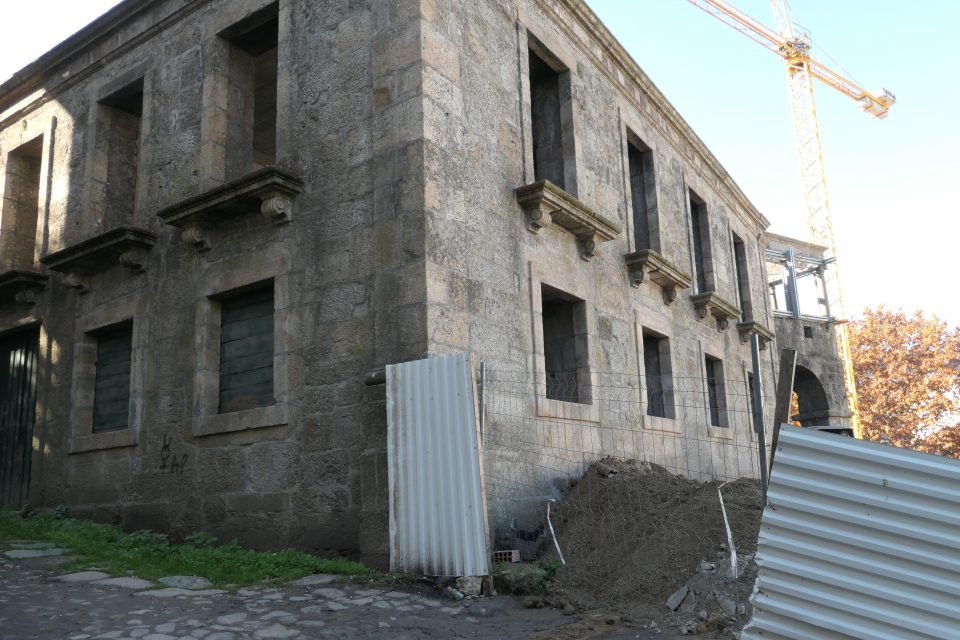
The construction site that is not the grave of Captain Barro Basto
We now drove on a highway through the mountains (literally through the mountain, the ride included a 5.7 km tunnel).
On the other side of the mountains was the famous Douro Valley. This is the region in Portugal where Port wine is made. The area is dotted with wineries, and the mountains are terraced with grapevines. It was especially beautiful now, with the leaves of the vines turning different shades of yellow, red, and brown. We would spend the next two days in the Douro Valley.
As we approached the Douro Valley, I could not believe what we were seeing. The valley was covered by fog. We were mostly above the clouds, sometimes in them, but the spectacular view that we had come to see, was covered in white mist. I was flabbergasted. Rain maybe, but that we would not see the valley on a beautiful sunny day because of fog never crossed my mind.
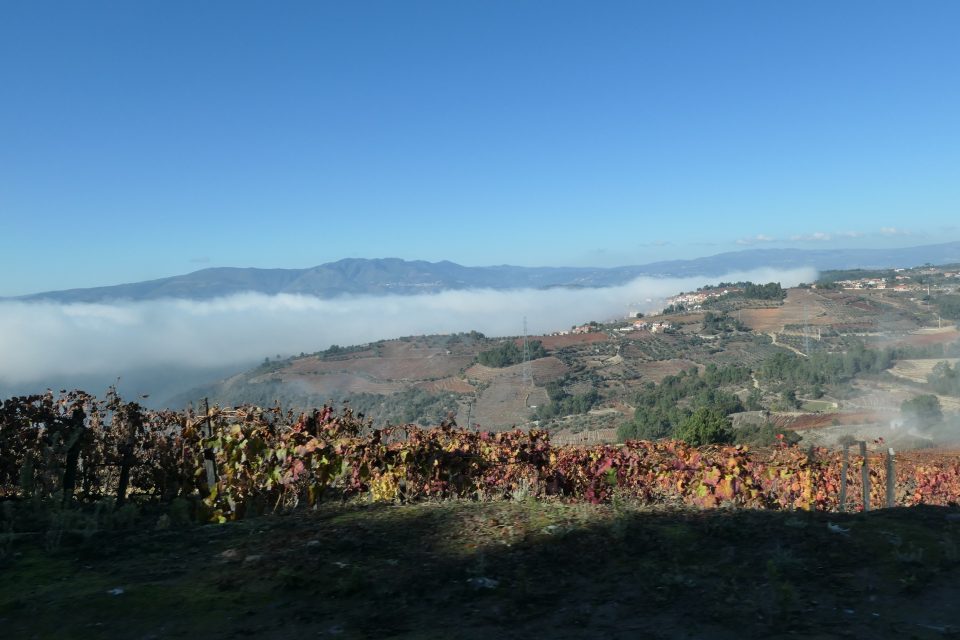
Fog covering the Douro Valley
Our first destination in the Douro was the São Leonardo da Galafura lookout. We slowly proceeded up to the top of this mountain. There was some visibility even with the fog, it was WOW!
At the top of the mountain, there is a small chapel, and we found a sunny spot to eat lunch along the chapel wall. As we were enjoying our sandwiches, the fog started to lift. In the short time we were there, visibility increased greatly and more and more of the Douro River became visible. It was incredibly beautiful.
We then wound our way down the mountain to Peso da Régua, a small-town home to the Douro Museum. This is a museum about the area, and specifically about the Port wines made there.
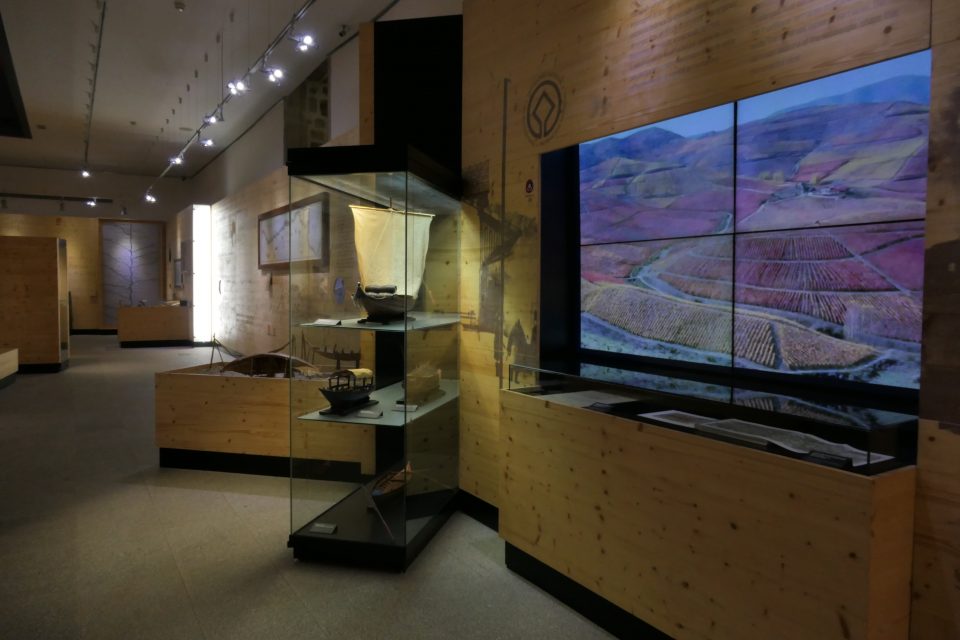
Inside the Douro Museum 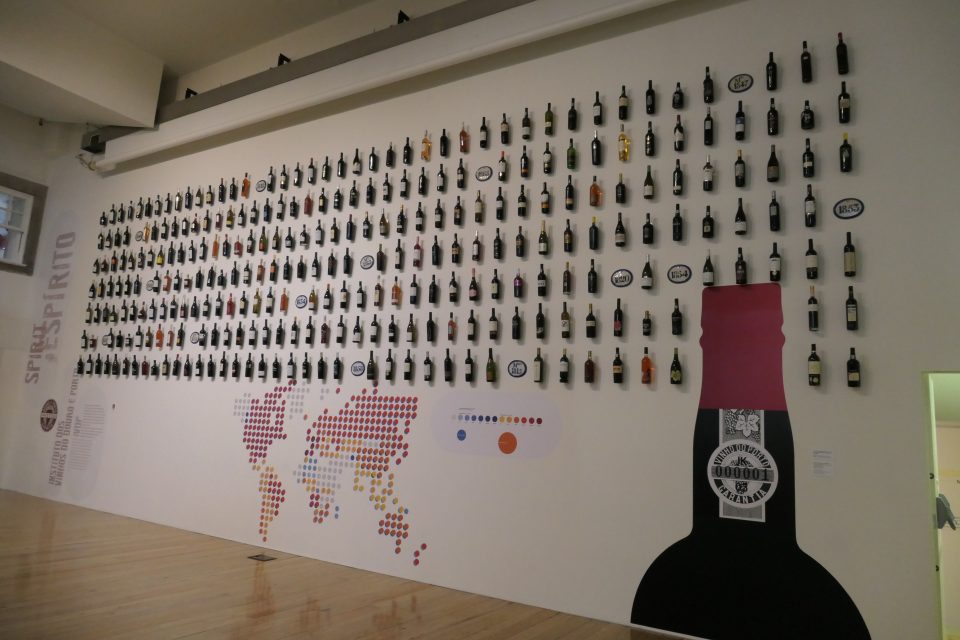
A collection of Port bottles
We learned there are three types of port – white, ruby and tawny. The meaning of tawny is an orange-brown or yellowish-brown color. It is the darkest of the port variations.
When we had reached the museum, we could not pay for parking – it was now the siesta hour when parking was free. While we were in the museum, paid parking began, and we found a parking ticket on our car when we returned. It is all in Portuguese and we are not sure of the amount, nor how to pay it.
From Peso da Régua we crossed the Douro River and went up the mountain on the other side to Lamago. This was a large town that belongs to the Portuguese Network of Jewish Quarters. Unlike the other places that we visited in the network, that had dedicated museums to Jewish Heritage, here there was nothing official.
From articles on the internet, we knew where the Jewish quarter was (as usual, near the castle at the top of the hill and includes a street called Rua Nova) We had a photo of a building that one article says might have been the synagogue.
On the way to the Jewish quarter, we passed Santuário de Nossa Senhora dos Remédios, a church high on the hill, with a series of terraces leading up to it. Pretty remarkable.
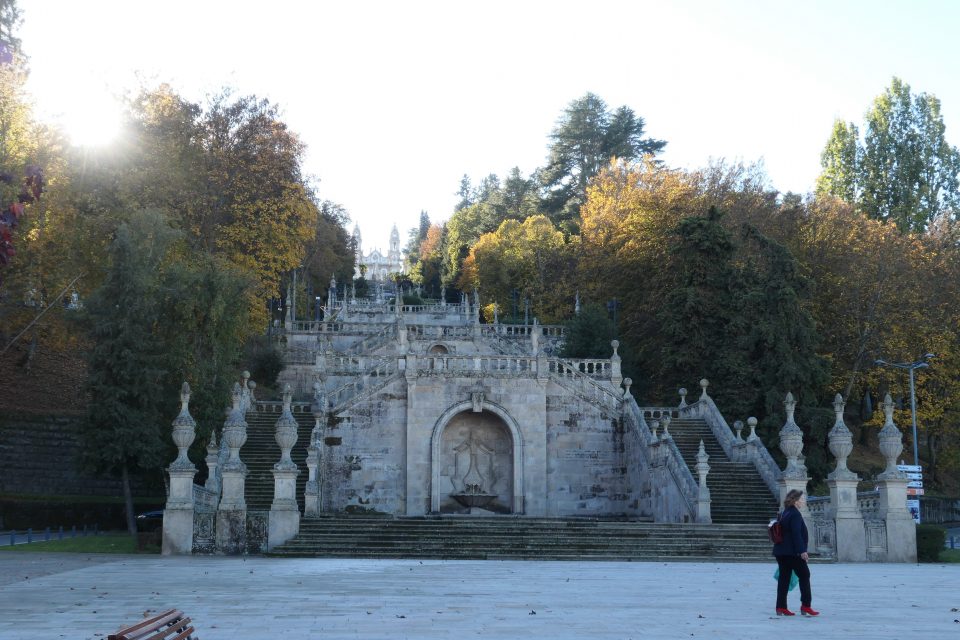
Santuário de Nossa Senhora dos Remédios
We reached Rua Nova and found the building we were looking for but did not understand why this might have been a synagogue. We rambled along the narrow lanes of the area, always checking doorposts for any signs that might indicate a Jewish presence. Did not really find anything.
Instead of heading back towards the car, we walked up to the castle, through the gate of the old city. The castle itself was closed, but in wandering around, we did find a very old door with a carving next to it. Is this significant? Need to learn more what this means.
After a nice stroll in the old city, we headed back down to Peso da Régua. The road that Google Maps wanted us to take was closed, and we ended up on an alternate road that was a bit longer, but with WOW views.
All along the Douro runs road N222. This is a 230 kilometer road, with the most spectacular views between Peso da Régua and Pinhão, a 27 km-stretch that is considered one of the world’s best scenic drives. Our hotel for the night was on this road in Folgosa, about 10 kilometers east of Peso da Régua.
We managed to drive this part, shortly before it got dark and reached Folgosa, a small village and the site of our hotel for the night – the Hotel Folgoso Douro. We checked in and enjoyed the river view from the porch leading out of our room.
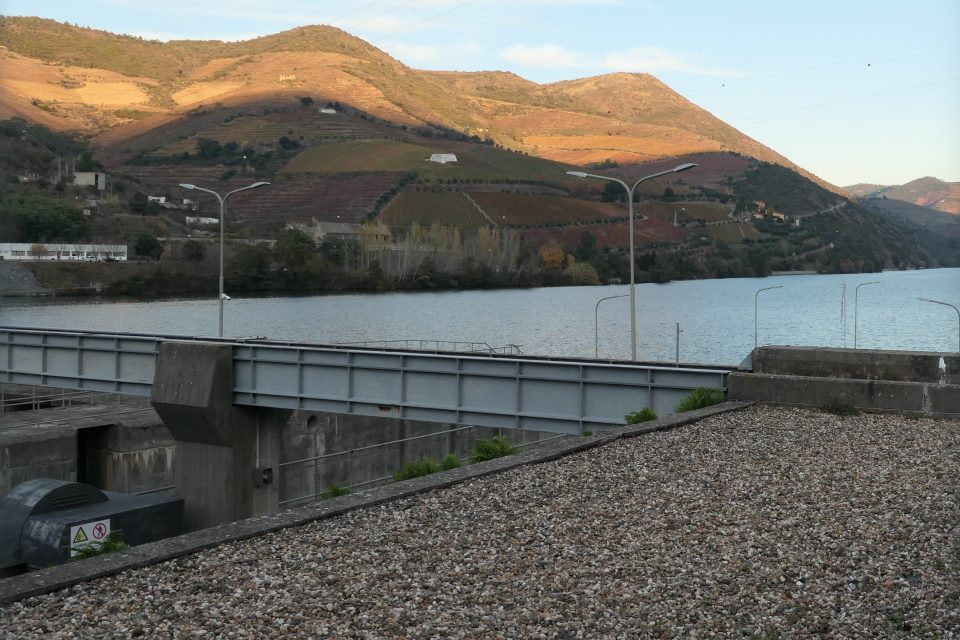
A dam across the Douro RIver 
Route N222 
View from our hotel window
Dinner was a large salad. I took a very hot bubble bath to soak my leg while sipping on a complimentary bottle of port the hotel provided. Although it was called tawny port, the color was deep red. It tasted like the thick, very sweet Shabbat wine they sell in Israel. Afterwards, I worked on the blogs, Mark studied and worked on Verifone and David was working in his room.
Tomorrow is Mark’s birthday, and Mark and David will be going on a guided hike. Looking forward to another day in the Douro.
Good night.
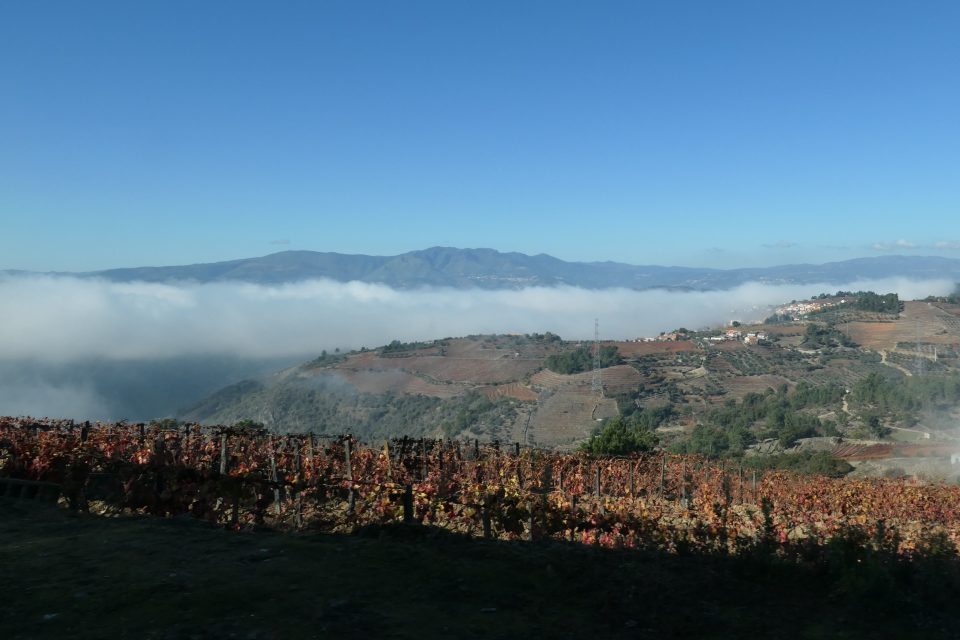
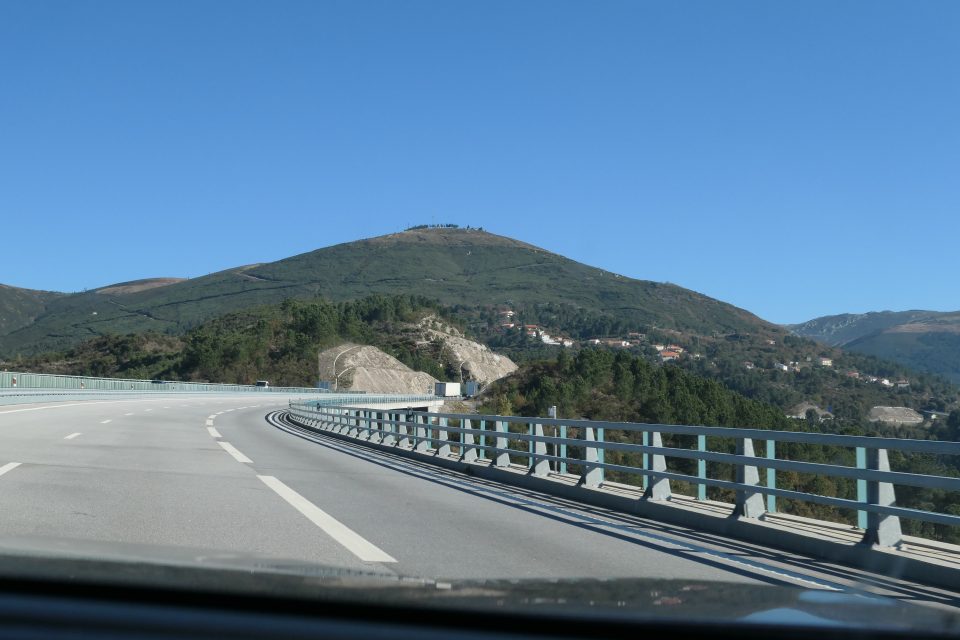
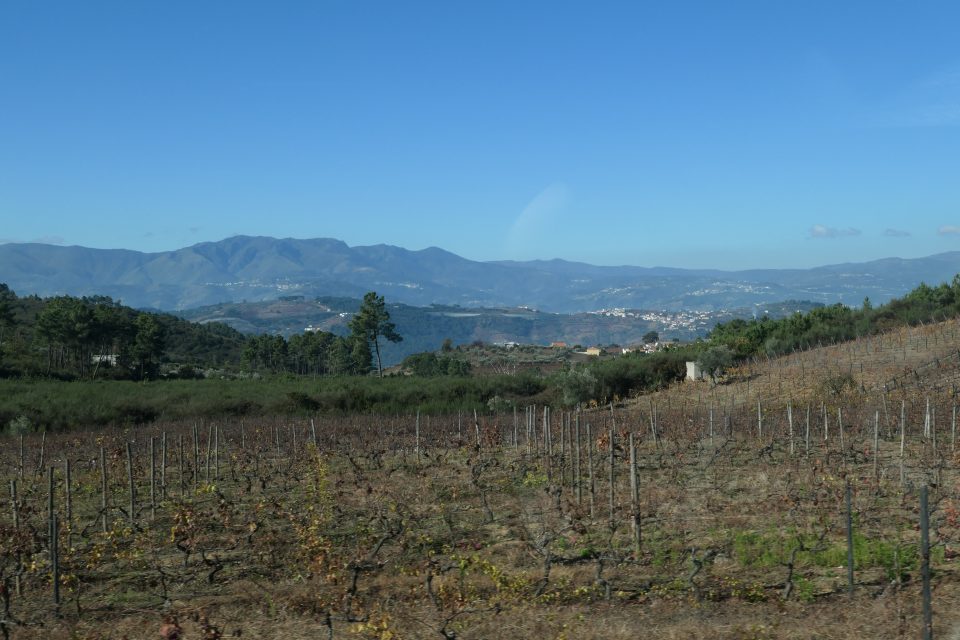
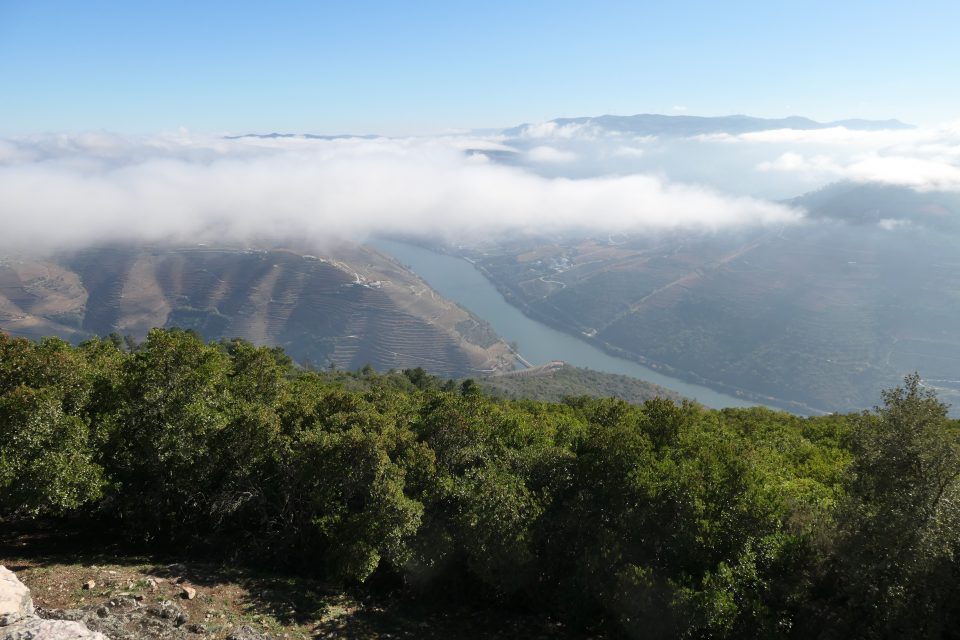
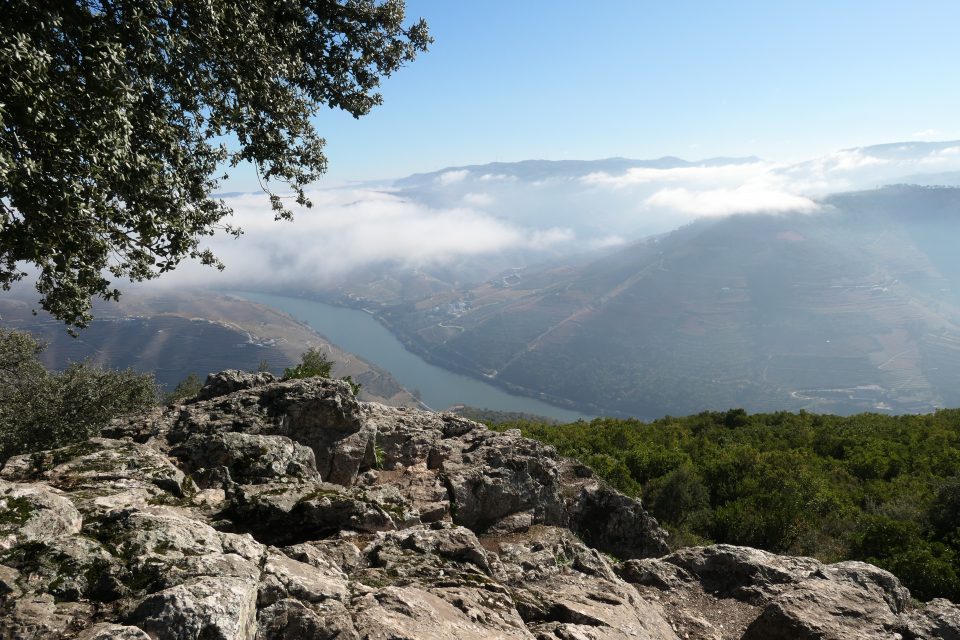
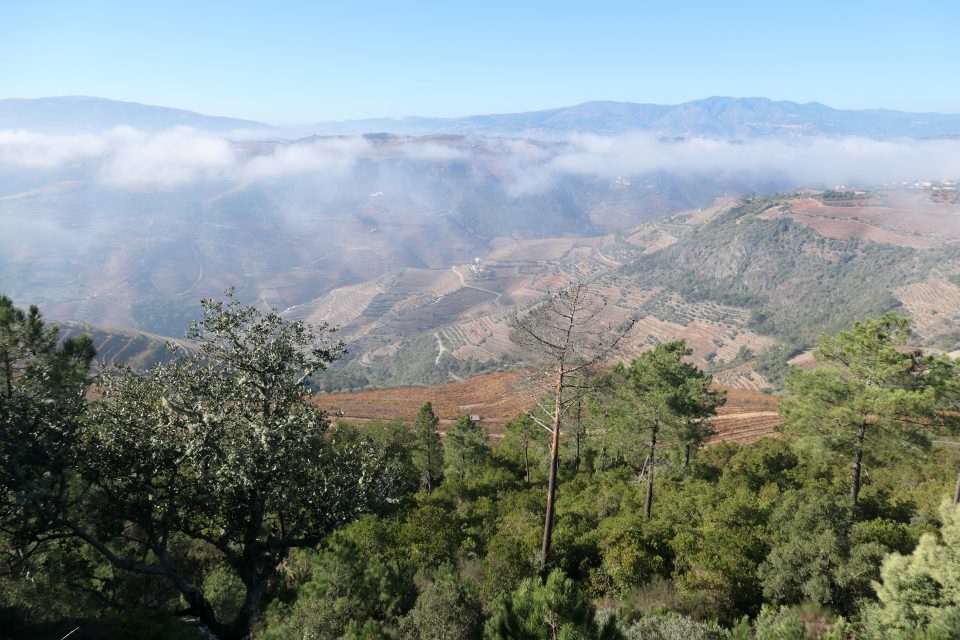

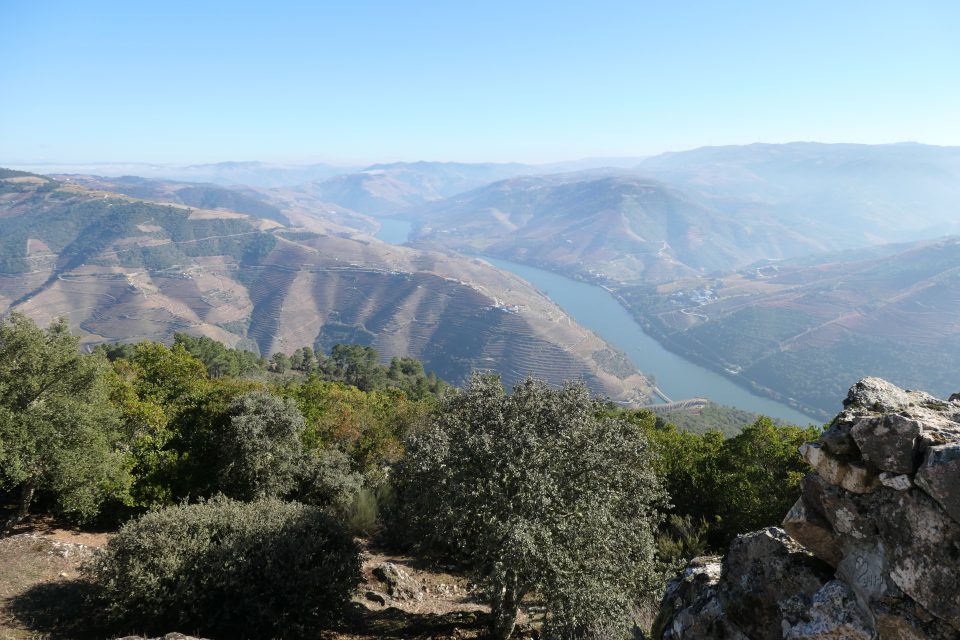
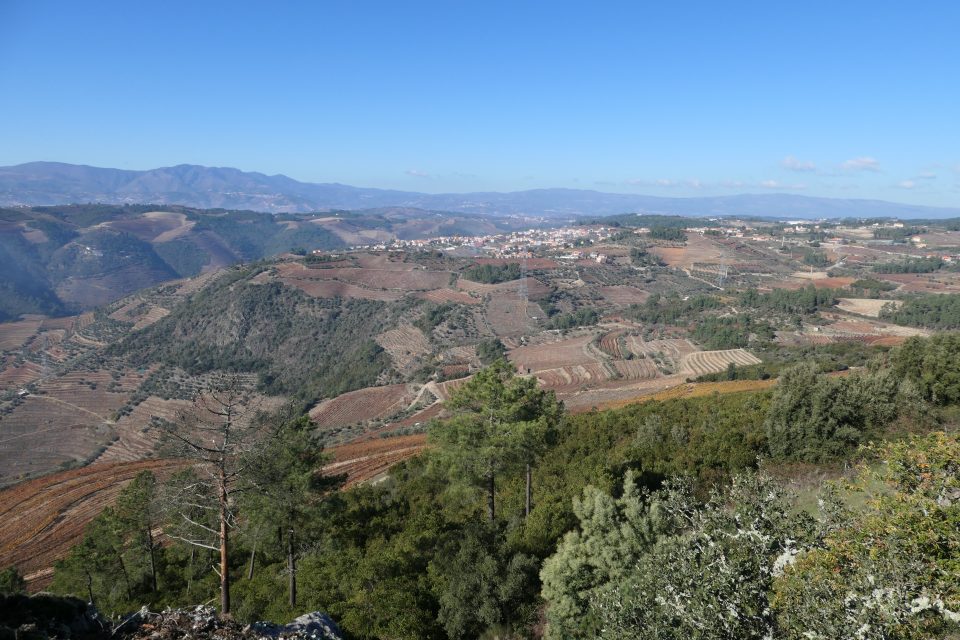
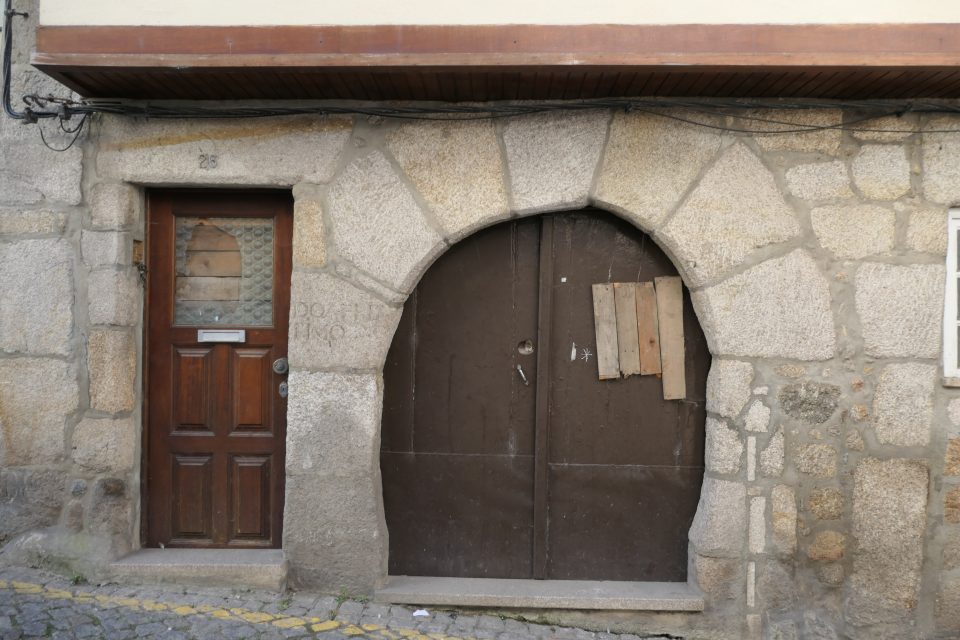
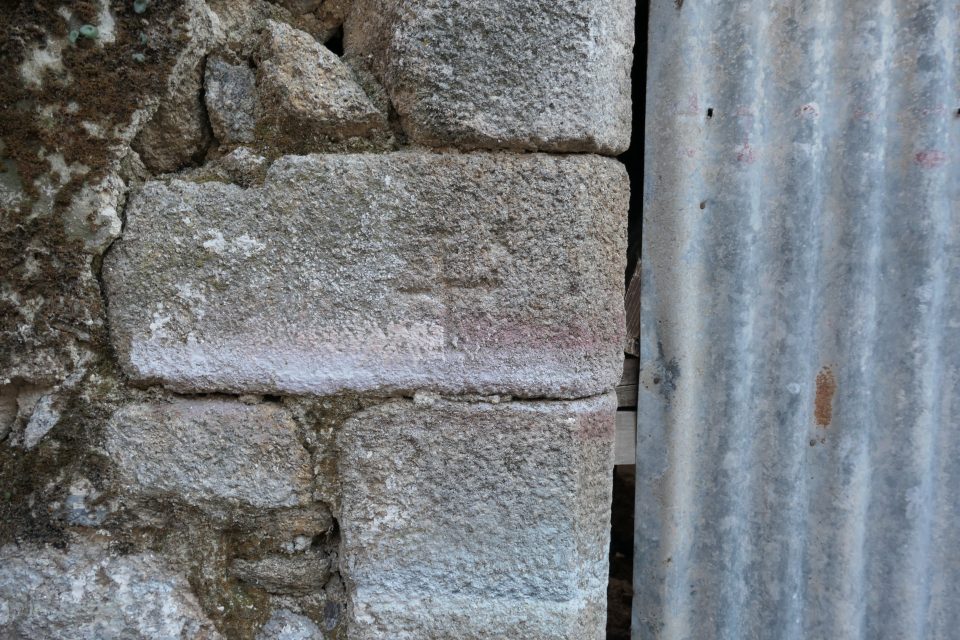
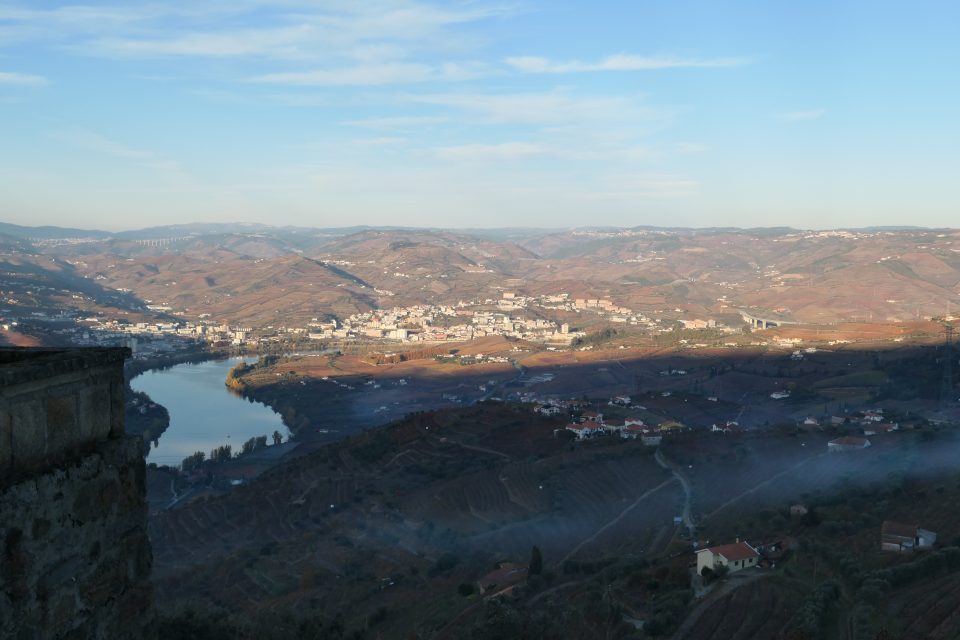
Happy birthday 🎉
Thanks Shari.
Wikipedia says Barros Basto was born in 1887 not 1897